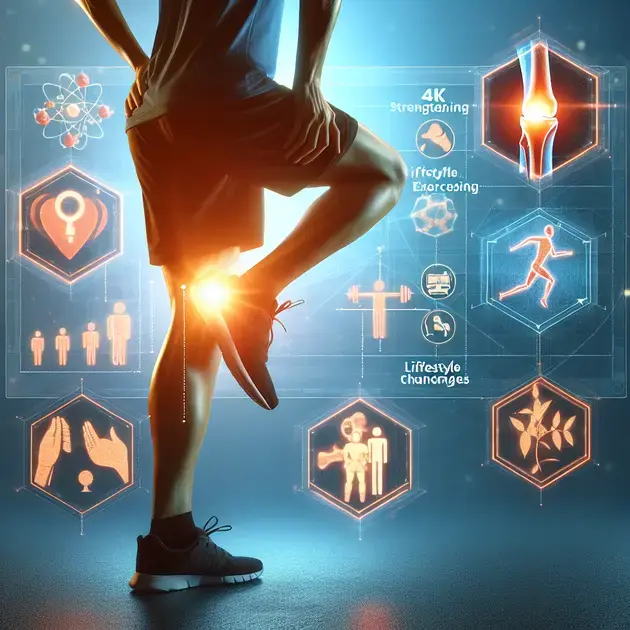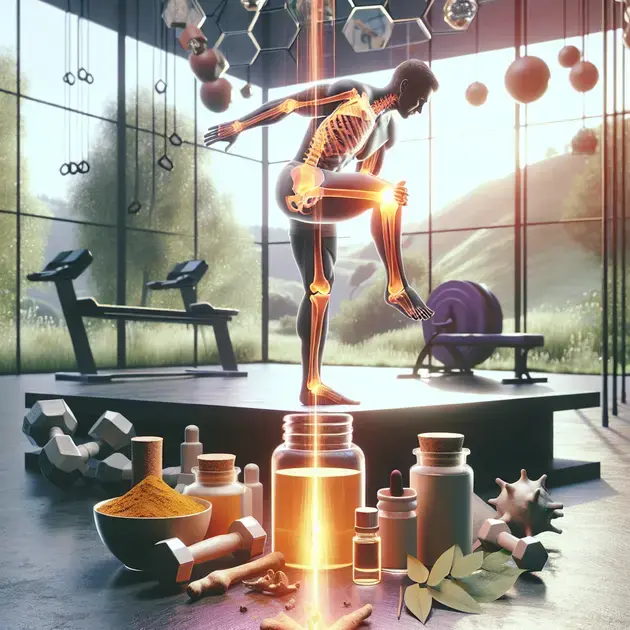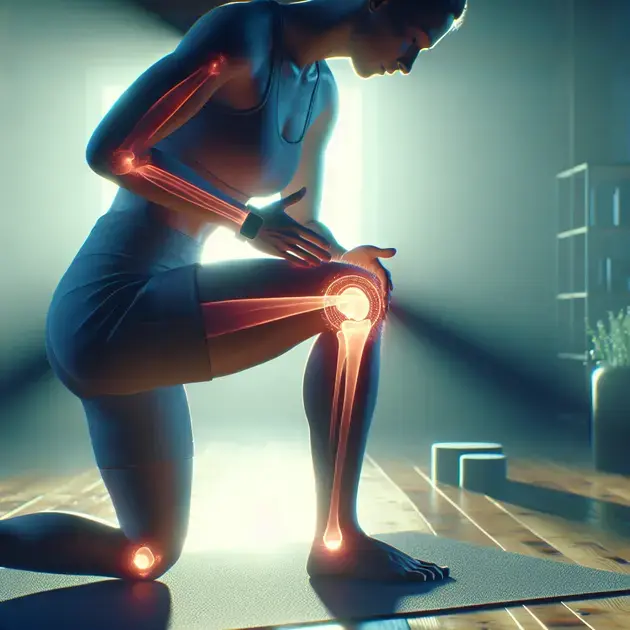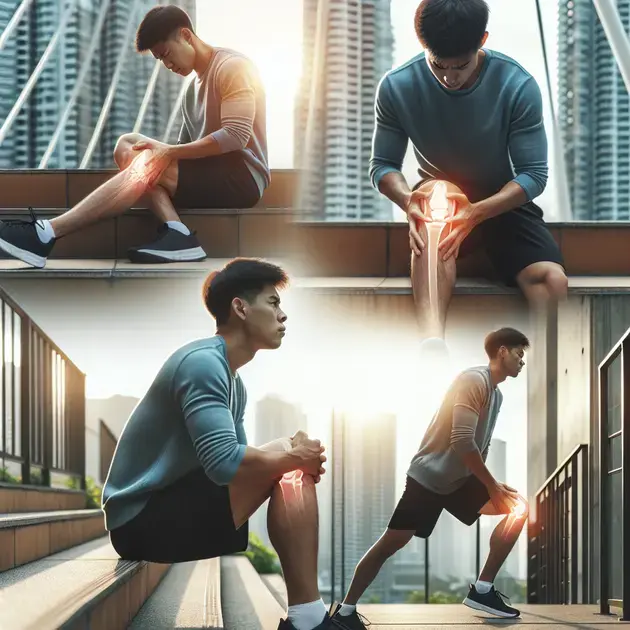Understanding and Managing Bone Pain can be a complex issue that affects many individuals worldwide. Whether the pain is caused by fractures, arthritis, or other medical conditions, it is essential to have a comprehensive understanding of the underlying factors contributing to bone pain.
By exploring different treatment options, lifestyle modifications, and coping mechanisms, individuals can effectively manage and alleviate bone pain symptoms. This comprehensive guide aims to provide valuable insights and strategies to help individuals better understand and address their bone pain concerns.
Understanding Bone Pain Causes and Triggers
Bone pain can be caused by a variety of factors, such as fractures, infections, or underlying health conditions like osteoporosis or arthritis. It’s important to identify the specific cause of your bone pain in order to effectively manage and treat it. One way to determine the cause of your bone pain is to consult with a healthcare professional or specialist, who may recommend diagnostic tests such as X-rays or blood work.
Additionally, certain lifestyle habits and activities can trigger or exacerbate bone pain. High-impact exercises, poor posture, and repetitive motions can all contribute to bone discomfort. Keeping a journal of your activities and symptoms can help pinpoint the triggers of your bone pain.
Online resources like WebMD or the Mayo Clinic website provide valuable information on common bone pain causes and triggers. These websites offer articles written by medical professionals and experts in the field, as well as interactive tools to help you understand and manage your bone pain.
Understanding the root cause of your bone pain is crucial for developing an effective treatment plan. By identifying the triggers and underlying factors contributing to your pain, you can take proactive steps to alleviate discomfort and improve your quality of life.
Effective Treatment Options for Bone Pain Relief
When it comes to relieving bone pain, there are several treatment options available, ranging from over-the-counter pain medications to physical therapy and surgical interventions. Depending on the cause and severity of your bone pain, your healthcare provider may recommend a combination of treatments to address your specific needs.
One common treatment for bone pain relief is the use of nonsteroidal anti-inflammatory drugs (NSAIDs) like ibuprofen or naproxen. These medications help reduce inflammation and alleviate pain associated with conditions like arthritis or fractures.
In cases where conservative treatments are ineffective, more advanced options such as corticosteroid injections or surgical procedures may be necessary. These interventions aim to target the source of the bone pain, providing long-term relief and improving mobility.
In addition to medical interventions, complementary therapies like acupuncture, chiropractic care, or massage therapy can also be beneficial in managing bone pain. These alternative treatments focus on holistic approaches to pain management, addressing both physical and emotional aspects of discomfort.
It’s essential to work closely with your healthcare team to explore the most suitable treatment options for your bone pain. By discussing your symptoms and preferences, you can collaboratively develop a personalized pain management plan that meets your individual needs.
Lifestyle Modifications to Manage Bone Pain Symptoms
Alongside medical treatments, making lifestyle modifications can play a significant role in managing bone pain symptoms and improving overall well-being. Simple changes in daily habits and routines can help alleviate discomfort and enhance your quality of life.
Regular exercise, such as low-impact activities like walking or swimming, can help strengthen bones and muscles, reducing the risk of pain and injury. Incorporating stretching and flexibility exercises into your routine can also improve joint mobility and alleviate stiffness.
A balanced diet rich in calcium, vitamin D, and other essential nutrients is crucial for maintaining bone health and minimizing the risk of conditions like osteoporosis. Consider consulting with a nutritionist or using apps like MyFitnessPal to track your dietary intake and ensure you’re meeting your nutritional needs.
Proper ergonomics and posture are important factors in preventing bone pain. Maintaining good posture while sitting, standing, and lifting heavy objects can help reduce strain on your bones and joints. Apps like PostureScreen Mobile can provide real-time feedback on your posture and suggest corrective exercises.
Managing stress through relaxation techniques like meditation, yoga, or deep breathing exercises can also have a positive impact on bone pain symptoms. Apps such as Headspace or Calm offer guided meditation sessions and mindfulness practices to help reduce tension and promote relaxation.
Identifying Different Types of Bone Pain
Identifying bone pain can be crucial in determining the underlying causes and appropriate treatment. There are various types of bone pain, each with its own characteristics and triggers. Acute bone pain is often sharp and sudden, commonly resulting from fractures or injuries. Chronic bone pain, on the other hand, persists over an extended period and can indicate more serious conditions such as arthritis or osteoporosis. Understanding the specific characteristics of the pain, such as its location, intensity, and duration, can help healthcare providers make an accurate diagnosis.
One common type of bone pain is referred pain, where the discomfort is felt in a different location than the actual source of the issue. This can make it challenging to identify the root cause of the pain. Nociceptive pain arises from tissue damage or inflammation, while neuropathic pain results from damage to the nerves themselves. By recognizing these distinctions, healthcare professionals can tailor treatment plans to address the underlying mechanisms of the pain.
Radiating bone pain spreads from the original site to surrounding areas, often following nerve pathways. This type of pain can be a red flag for conditions like spinal stenosis or sciatica. Bone pain can also be categorized based on its causes, such as traumatic injuries, infections, or tumors. Identifying the specific triggers of bone pain is essential for developing an effective management strategy and improving the patient’s quality of life.
By consulting with a healthcare provider and undergoing diagnostic tests like X-rays or MRIs, individuals experiencing bone pain can gain clarity on the type and source of their discomfort. This information is crucial for creating a comprehensive treatment plan that targets the root cause of the pain and promotes healing and relief.
Holistic Approaches to Alleviate Bone Pain
When seeking to alleviate bone pain, incorporating holistic approaches can complement traditional medical treatments and promote overall well-being. Holistic practices focus on treating the body as a whole, addressing physical, emotional, and spiritual aspects of health. In the case of bone pain, holistic techniques like acupuncture, massage therapy, and meditation can help reduce discomfort and improve mobility.
Acupuncture, a traditional Chinese medicine practice, involves inserting thin needles into specific points on the body to promote healing and alleviate pain. This technique can stimulate the release of endorphins, the body’s natural painkillers, providing relief for individuals with bone pain. Similarly, massage therapy can target tense muscles and improve blood circulation, aiding in the recovery process and reducing inflammation.
Mind-body practices such as meditation and yoga can also be beneficial for individuals experiencing bone pain. These techniques promote relaxation, reduce stress levels, and enhance mental clarity, which can contribute to a positive outlook and improved pain management. By adopting a holistic approach to alleviating bone pain, individuals can address not only the physical symptoms but also the emotional and mental aspects of their well-being.
Incorporating complementary therapies like herbal supplements, dietary changes, and stress-reduction techniques can further enhance the holistic approach to managing bone pain. By working with healthcare providers who embrace a holistic philosophy, individuals can access a comprehensive range of treatment options that promote healing, relieve discomfort, and support overall health and wellness.
Preventive Measures to Maintain Bone Health
Maintaining bone health is essential for preventing bone pain and reducing the risk of fractures and degenerative conditions. Adopting proactive measures to support bone strength and density can contribute to overall physical well-being and longevity. One key preventive measure is ensuring an adequate intake of essential nutrients like calcium, vitamin D, and magnesium, which are vital for bone health.
Regular weight-bearing exercises, such as walking, running, or strength training, can help promote bone density and strength. These activities stimulate bone growth and maintenance, reducing the risk of osteoporosis and fractures. Engaging in physical activity also supports joint health and flexibility, contributing to overall mobility and well-being.
Avoiding harmful habits like smoking and excessive alcohol consumption is crucial for maintaining bone health. These behaviors can weaken bones, increase the risk of fractures, and hinder the body’s ability to absorb essential nutrients. By prioritizing a healthy lifestyle that includes a balanced diet, regular exercise, and adequate hydration, individuals can take proactive steps to preserve their bone health and prevent pain and injury.
Regular screenings and check-ups with healthcare providers can help identify early signs of bone-related issues and prompt intervention. By staying proactive and informed about one’s bone health, individuals can address any concerns promptly and access appropriate treatment and support. Incorporating preventive measures into daily routines and lifestyle choices can go a long way in safeguarding bone health and promoting overall well-being.
Conclusion
In conclusion, identifying different types of bone pain is vital for determining the underlying causes and appropriate treatment strategies. Whether it’s acute bone pain from fractures or chronic pain indicating conditions like arthritis, understanding the characteristics and triggers plays a crucial role in healthcare diagnosis and management.
Moreover, incorporating holistic approaches such as acupuncture, massage therapy, and mind-body practices can complement traditional treatments, offering a holistic perspective to alleviate bone pain. By addressing physical, emotional, and spiritual aspects of health, individuals can experience reduced discomfort, improved mobility, and enhanced overall well-being.
Furthermore, preventive measures are key in maintaining bone health and preventing pain and degenerative conditions. From ensuring adequate nutrient intake to engaging in regular weight-bearing exercises and avoiding harmful habits, proactive steps can contribute to bone strength, mobility, and longevity. Regular screenings and check-ups help in early detection and intervention, supporting individuals in preserving their bone health and overall well-being.



















